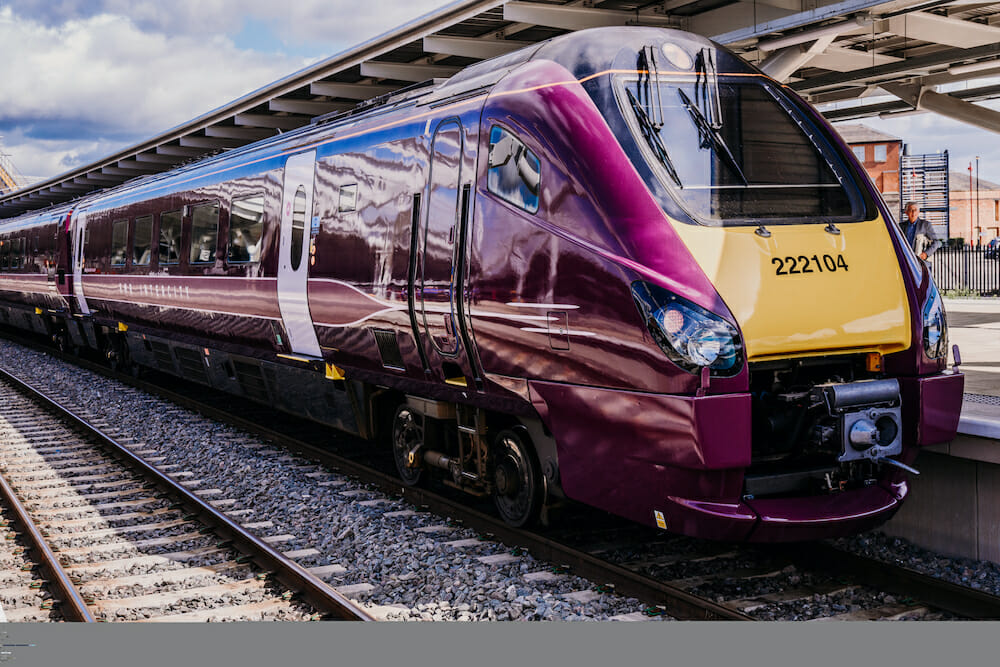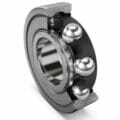A rail operator which has been successfully using RFID technology to identify carriages with wheel damage is extending the system to its entire fleet.
East Midlands Railway has saved many hours of staff time and benefited from more accurate information since installing RFID tags from CoreRFID on around 50 carriages in 2018. It is now planning to fit similar tags to the 150-plus remaining carriages in its fleet.
Wheel flats or flat spots on wheels are a common problem in the rail industry and can lead to damage to the track and even derailment. They can be detected by devices installed on the track by infrastructure provider Network Rail. As a train travels along the track, the vibration from the wheel flat will activate the system and alerts the train operator, giving them the ‘head code’ for the journey.
The train operator must then match the code with the train that was used on the journey and send maintenance staff to inspect it. By fitting RFID tags to vehicles and RFID readers on the track, the system can automatically identify the train and the actual carriage.
Paul Caffrey, EMR’s Fleet Engineering Manager, says: “Before installing RFID tags, each time we received an alert we would just have the head code and would have to check on the diagram sheet to see what unit was used on that journey. It could take a lot of working out – and if there had been disruption on the line and trains had been swapped, there was a chance we would identify the wrong vehicle.
“After fitting the RFID system, we now receive the number of the carriage from Network Rail – so instead of having to do a manual trawl, we can book it in straight away for remedial action. It saves up to an hour each time and ensures we always have accurate information.”
RFID tags from CoreRFID were initially installed on carriages on EMR’s Class 222, 153, 156 and 158 trains and will soon be fitted on its Class 170s, 180s and 360s. One RFID tag is installed on either side of a carriage, with readers fitted at strategic points on the track. CoreRFID provided ultra high frequency (UHF) readers that could be read at distance and withstand harsh conditions.
Sean Smith, Project Engineer with EMR, said: “CoreRFID advised on the choice of equipment and provided the tags pre-coded with the units’ identification. The process of fitting the tags was very simple and to date, we haven’t experienced any failures and the system requires little to no maintenance.
“In extreme cases a wheel with an untreated flat spot could damage the track and cause a derailment so it’s very important to detect them quickly. The system has worked really well so it makes sense to extend it to the rest of the fleet.”
Based in Derby, EMR operates services to Central and Northern England and London. The company is currently investing £600m in improvements to its services, trains and stations.
Richard Harrison of CoreRFID said: “RFID is ideal for organisations such as rail operators with large, high value asset inventories and items continuously on the move. It quickly pays for itself and requires little or no maintenance. However the key to success in this type of project is choosing the right tags so it pays to take expert advice.”







